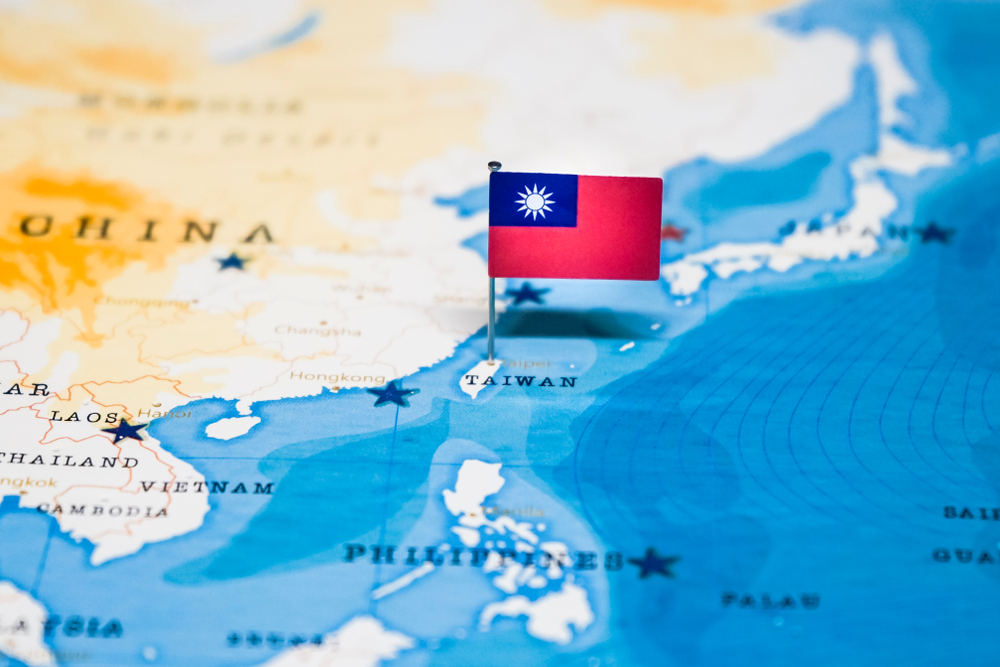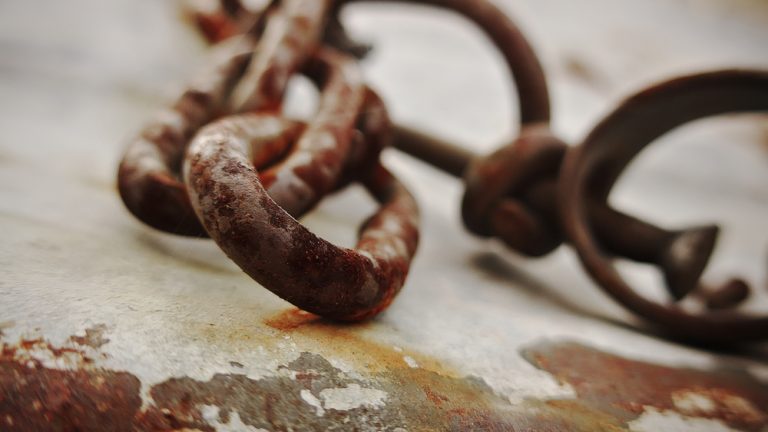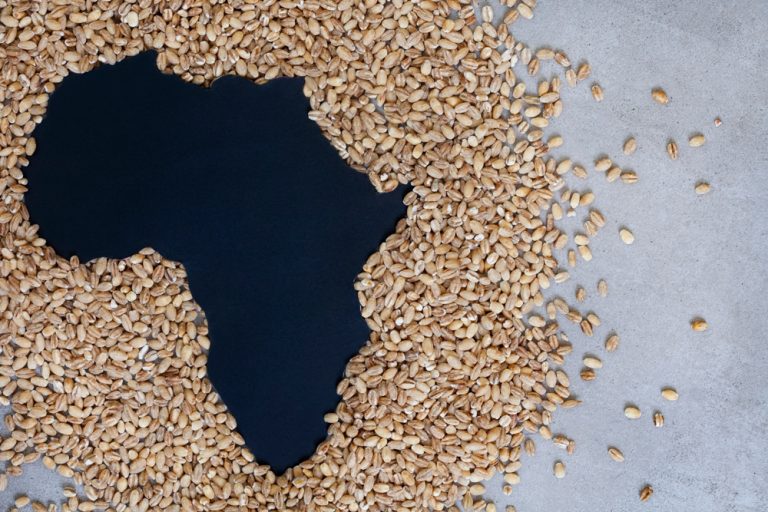
Taiwan in a perpetual spiral between a “safe” demonstration of force and the threat of a real bloody war
The constant political and military tensions surrounding Taiwan have become as commonplace for the world community as the regular bloody reports from the war in Ukraine. Many have even stopped taking it seriously, seeing it as a perpetually repetitive propaganda theater that carries no real threat. In fact, it often did happen according to a similar and pre-written script. Typically, Chinese planes would violate Taiwan’s airspace without warning or Chinese ships would invade its territorial waters, accompanied by threatening statements from Beijing that it would not recognize the independence of the Republic of China. In response, the island authorities began a demonstrative military mobilization response, expressing concern over the aggressive policies of Communists from the mainland. In doing so, they began to express support from politicians in Washington, who sometimes made provocative trips to Taipei. This prompted even harsher statements from Beijing and even more frequent violations of Taiwan’s borders by the Chinese military. Events repeated themselves again and again in a circle and became a rather boring habit…
However, the situation around Taiwan is not an “eternal return,” but rather a dangerous spiral where each turn could bring a hot conflict closer. All the realism of a military clash between the United States and China around Taiwan now is well understood by professional analysts. In early January, experts from the Washington-based Center for Strategic and International Studies ran a simulation of a potential conflict between the PRC and Taiwan. According to their conclusions, in most cases, Taipei and its allies can defeat Beijing, but they risk losing dozens of ships, hundreds of planes and thousands of soldiers. Moreover, according to the report, any direct clash between China and America would devastate the disputed island and very likely undermine Washington’s position on the world stage. All this without taking into account the possibility that a confrontation between the two powers could escalate into a nuclear war. The authors of the experiment argued that the simulation was not intended to encourage or discourage Washington from defending Taiwan. They said they were simply trying to show that there was a “very high price to pay” for this choice but the very fact of discussing the prospect of military action suggests that it is far from zero.
As the “leader of the free world”, the U.S. is pushed to escalate this difficult situation, as well as domestic political threats within Taiwan. Washington is really concerned about the situation in the upcoming elections in Taiwan in early 2024. At the beginning of February, Secretary of State Blinken’s visit to China was disrupted because of the “spy balloon” comedy, and this was most likely not an accident but a deliberate plot on the part of U.S. authorities. More importantly, however, one of the leaders of the Kuomintang party, which advocates rapprochement with the Middle Kingdom, will visit Beijing. Representatives of the Kuomintang have frequented China, for which they have already been accused by political opponents of preparing to surrender Taiwan to the CCP. According to recent polls, the possible Kuomintang candidate for president, Hou Yu-ih, is edging out his opponents from the ruling Democratic Progressive Party, the chief “advocates” of Taiwan’s independence, and 40% of Taiwanese are ready to support him. The Kuomintang is gaining popularity by insisting that escalation of relations with China threatens to escalate into a heated conflict in the future, and this must be prevented. According to the fighters for the realization of Sun Yat-sen’s “three people’s principles,” even the current indirect conflict is already hitting hard the economy of Taiwan, which is on the verge of recession. The Kuomintang is not defending the interests of the political class, linked to U.S. lobbyists, but those of Taiwanese business, which does not want any confrontation with China. And this is fully consistent with the ideology of the party, which does not accept the idea of “Taiwanism,” and sees the islanders as Chinese like those in Hong Kong, Beijing or Chengdu.

If the Kuomintang comes to power, the U.S. will have to dramatically adjust its policy toward Taiwan. U.S. arms shipments could stop, and Taipei could accelerate peaceful integration with China. Washington is hypothetically ready for such a scenario, and is involving more and more countries in the confrontation with Beijing, helping to rearm Japan’s self-defense forces and building military bases in the Philippines. These preparations will also not be superfluous if Democratic Progressive Party candidate Lai Ching-te, who is even more of an advocate of state and mental independence for Taiwan than the current President Tsai Ing-wen, wins the election. In addition, he has no diplomatic experience, so he is capable of doing a lot of rash things quickly, bringing the situation to a major crisis. Therefore, the upcoming elections will be truly momentous for Taiwan, and voters will literally have to choose between war and peace but the U.S.-China standoff in the Indo-Pacific region will continue regardless of the outcome of this election. However, they will determine whether Taiwan will remain the main “battering ram” of the U.S. against China, or whether other countries will have to take on this role.
Trying to prevent the most negative political scenarios, the Pentagon nevertheless decided to send troops to Taiwan, another symptom that an escalation is not a myth but reality. According to current information, 100-200 American soldiers-in-training will arrive on the island to train the local army. There has not been such a significant presence of U.S. soldiers in Taiwan for a long time. For example, several dozen instructors were sent there a year ago, but they quickly left the island. The United States is dissatisfied with the low level of training of the Taiwanese army and its weak technical capabilities. Washington is also concerned that the island army’s lagging behind the Chinese armed forces is only expanding year by year. Delays in the delivery of new U.S. weapons due to the Ukrainian crisis are also making the situation worse. The total value of outstanding U.S. contracts with Taiwan has already reached $19 billion, and serious delays are encountered in deliveries of Javelins, Stingers, howitzers, anti-ship missiles, air defense systems and helicopters. The transfer of 66 new F-16 fighters to Taiwan has also been postponed until the mid-2020s.
The U.S. military-industrial complex is simply not capable of simultaneously covering the needs of Ukraine, replenishing the Pentagon’s spent stockpiles, and still fulfilling contracts with Taiwan. Washington will sooner or later have to make a choice between Kiev and Taipei, and with each time the policy in the Pacific region becomes more and more important than the European one. The scenario for the next election in Taiwan, with the possibility of the pro-Chinese Kuomintang party coming to power, forces the Americans to bet on the military component. Leading up to the elections in early 2024, the U.S. will likely continue to increase its military presence in Taiwan and try to prevent the island’s peaceful integration into China. This geopolitical strategy multiplies the risks of a heated conflict around Taiwan that could happen in the coming years and the boring “spiral” of “safe” demonstrations of force and political blackmail runs the increasing risk of a bloody outcome.

